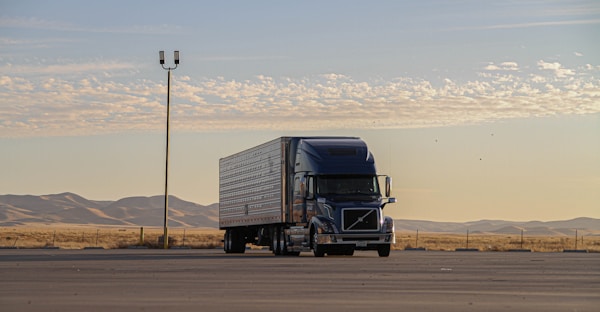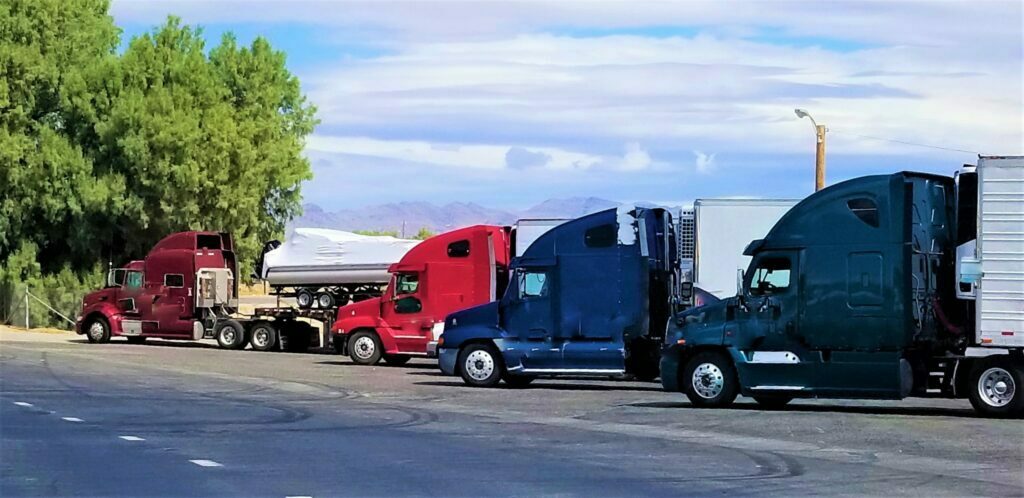The trucking industry is an integral part of the US economy, yet there are many questions that remain unanswered. How does the industry work and what is the best way to enter it? What are the most important safety regulations? What are the best practices for truckers? In this article, we answer frequently asked questions about trucking. Keep reading to learn more.
What is the best fuel for engine performance?
Esso Diesel is a fuel product offered by ExxonMobil that provides superior engine performance and superior protection for diesel engines. Esso Diesel has been developed to meet the increasing demands of modern diesel engine technology, providing reliable, consistent performance across all temperature ranges. It is specially formulated with advanced detergents and proprietary additives that help improve fuel economy while helping reduce emissions and protect against wear in your truck’s engine components.
What are the different types of trucks used in the industry?

The trucking industry is an integral part of the transportation and logistics sector, transporting goods for commercial and consumer use. Depending on the nature of their work, different types of trucks are used to fulfill various tasks within this industry. The most common type of truck used in the trucking industry is a semi-truck or tractor-trailer, which is typically comprised of two separate vehicles: a cab with an engine that pulls a trailer. Semi-trucks come in many sizes and can be customized to meet specific needs such as carrying hazardous materials or specialized cargo.
Other types of trucks used in the trucking industry include straight trucks (single unit) that are commonly referred to as box trucks, dump trucks (which carry loose materials such as gravel, sand, salt, or soil), and flatbeds which have no roof and sides so they can accommodate large pieces like construction equipment.
Are self-driving trucks already on the road?
Autonomous vehicle technology is no longer something of science fiction; rather, it’s being put into practice and applied on our nation’s highways every day. Self-driving trucks are already being tested in various parts of the country, including California and Arizona. In addition to the safety advantages that come with these vehicles, they also offer improved efficiency and cost savings to their owners. While much progress has been made toward making this type of driving available nationwide, there are still some legal issues that must be worked out before they can become an accepted part of everyday life.
What are some tips for professional truckers?

When it comes to working as a professional trucker, there are certain best practices that should be followed in order to ensure the safety of yourself and others on the road. The first thing to keep in mind is following all applicable laws and regulations pertaining to commercial vehicle operations. This includes making sure you have appropriate insurance coverage for your vehicle, adhering to speed limits and other traffic rules, conducting pre-trip inspections before hitting the road each day, getting adequate rest breaks throughout your travels, keeping accurate logs of hours worked, and avoiding any use of drugs or alcohol while operating a commercial motor vehicle. Additionally, it’s important to stay organized by properly loading cargo according to weight distribution guidelines as well as having an efficient system for tracking freight from the origin point through delivery.
Do I need to have a degree to be a truck driver?
Truckers usually only require a high school diploma. But if you’re struggling in a certain subject, such as math, in high school, it’s best to seek out help to ensure you graduate on time. Just search for “best math tutors near me” to find tutoring services to help you.
Altogether, these FAQs are an invaluable resource for anyone looking to understand the nuances of the trucking industry.




